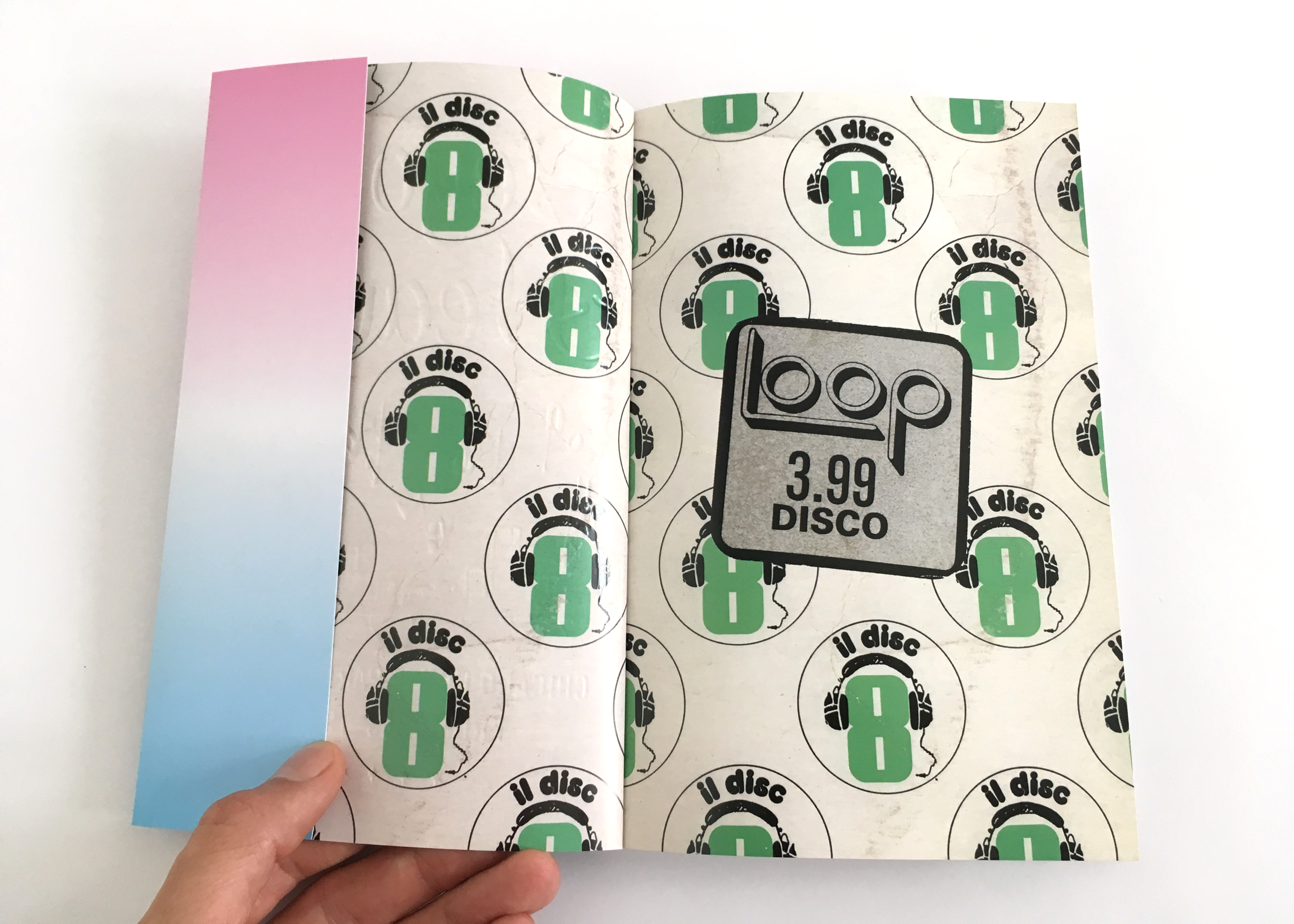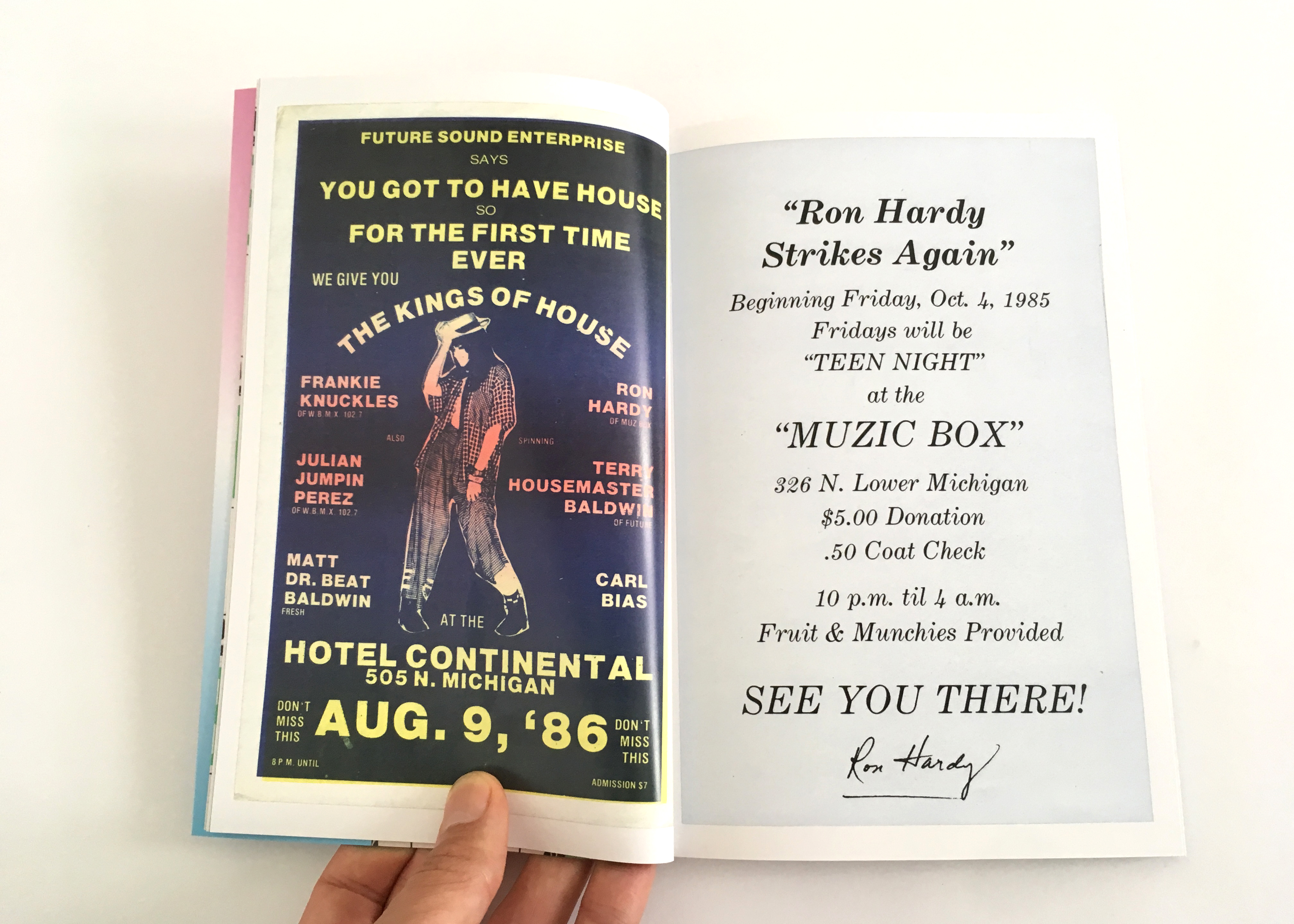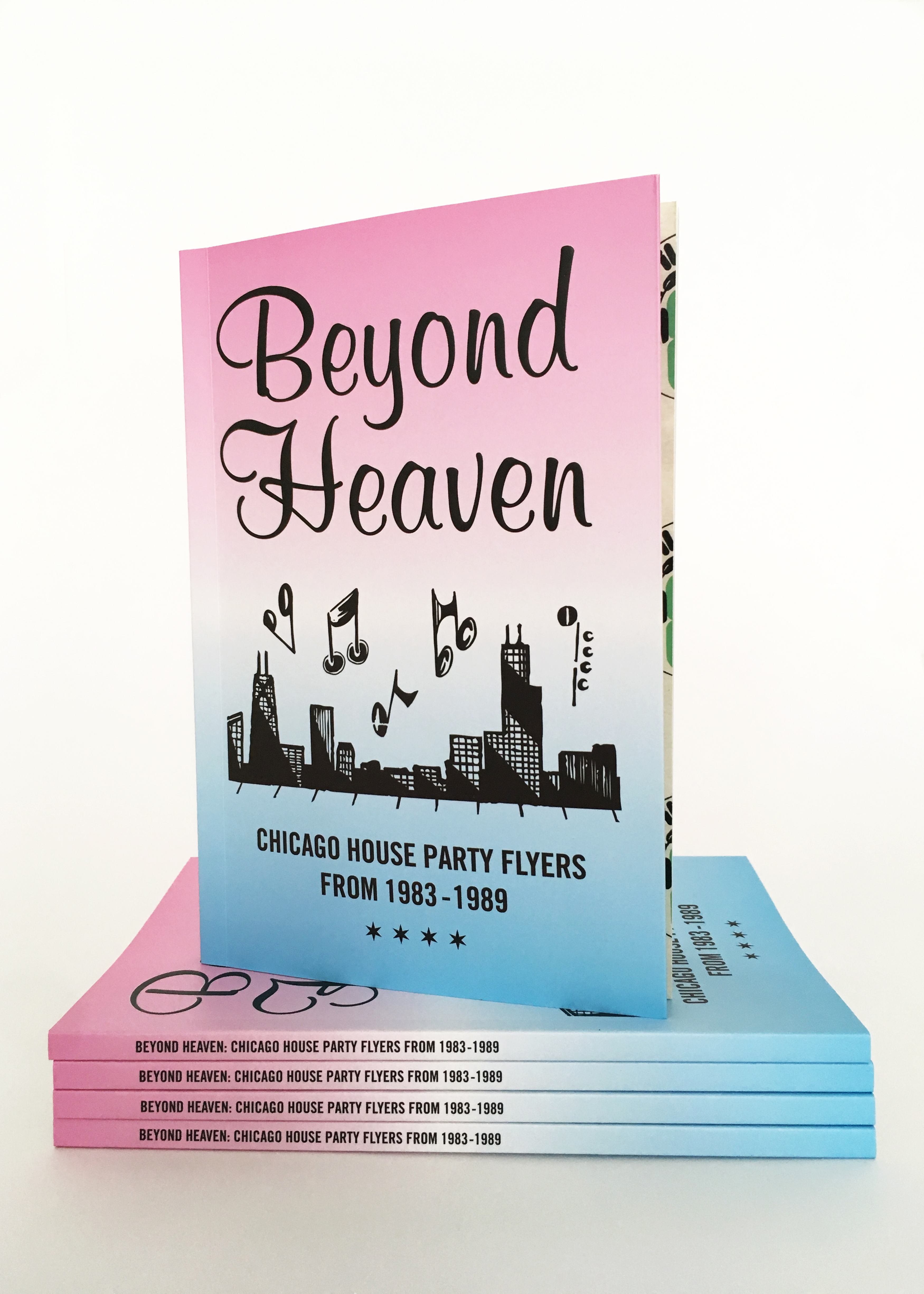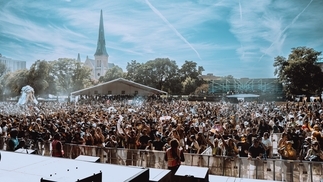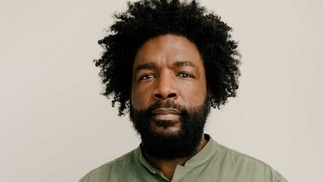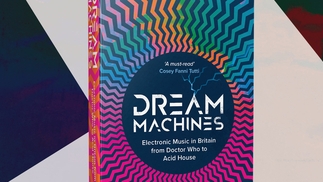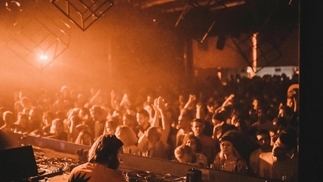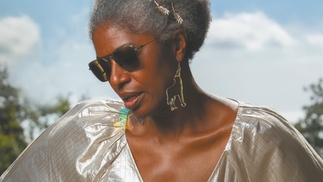This new book tells a visual history of Chicago house using classic rave flyers
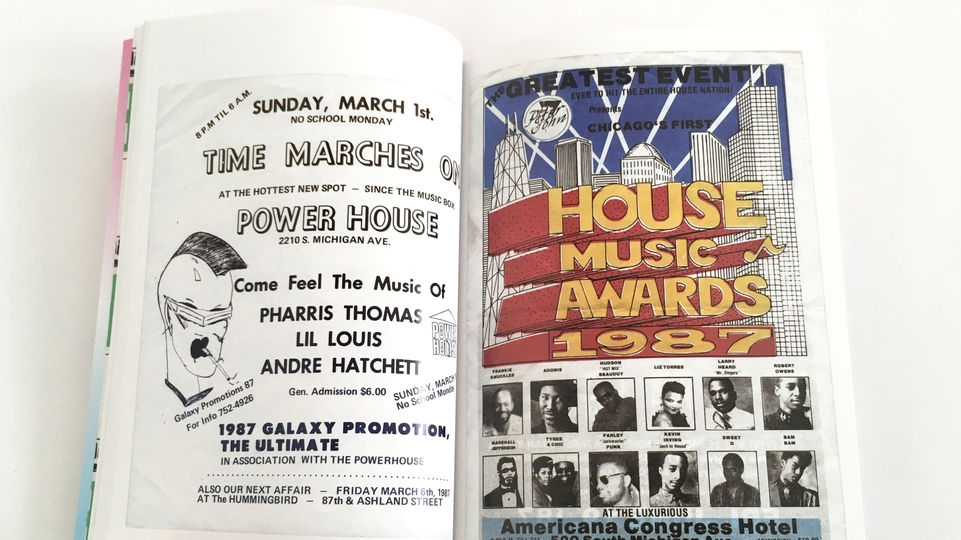
This new 96-page book, Beyond Heaven: Chicago House Party Flyers From 1983-1989, documents the rise of Chicago house using classic posters and artwork from the pioneering parties that paved the way for the scene we know and love today...
WORDS: Kirsty Allison
There’s a glory to whacking open a thick paperback cover of raised black title design, of a typical hand-drawn skyline and musical quavers, atop a gradient pink to blue. Through it, you discover far more than the pure basic beauty of a movement’s pre-Photoshop days. It’s a joy to get inside the early flyers via the archive of DJ Mario “Liv It Up” Luna, in Brandon Johnson’s new book, Beyond Heaven: Chicago House Party Flyers From 1983-1989.
Chicago is where house music started, and to witness the cultural roots of today’s mass industry via the work of a few pioneer DJs and promoters, scanned and photographed with all the echoes of a pre-Facebook event era, carries the scent of messages being passed crumpled in pockets after parties in sports centers and warehouses. Designed and edited by Johnson, on high gram gloss paper with a matt finish, the story begins with the top records sold at Importes Etc record store at 711 South Plymouth Court. This is where the word “house” is said to have started, filing selections under such a mood genre, with Shannon’s ‘Let the Music Play’ to Rusty Egan, Giorgio Moroder to Mr Fingers. A beautifully short introduction leads to an array of wonderfully terrible designs often breaking all art-school conventions, but standing as their own powerful, incisive genre.
This is a culturally fascinating typographic journey of bad taste detourning into retro fabulism. Hand-drawn cartoons clash with church-style photo-portraits of DJs in two or three tone designs, the gradient being the height of class and modernity.
“These were made at local commercial printers in Chicago. Either offset, or on the later ones, even possibly risograph. Photocopy is also possible. It depends on the flyer,” explains Brandon Johnson exclusively to DJ Mag. The flyers for each event often carry only two DJ names. “It was not uncommon for DJs to spin for three or four hours. Frankie Knuckles and Ron Hardy were doing long sets. Hardy would even play a single track multiple times in one set until the audience caught on. That’s how he broke Phuture’s ‘Acid Tracks’ at The Muzic Box.”
The other discovery for those of us who were barely born then, is that many of the club nights were aimed specifically at teens and youth. “Many events would even take place in high school gymnasiums and other non-club venues, that catered to the under-18 crowd. WBMX Hot Mix 5 spread the gospel through their weekly radio program. Different parts of the city had their own scenes: Northside, Westside, Southside. But they would occasionally intermix with DJ battle nights. There was no internet, so localism was a lot stronger as far as music scenes go.”
And how did the book happen? “Mario reached out after our first book Thee Almighty & Insane: Chicago Gang Business Cards from the 1970s & 1980s. It made sense as the next title — from the darkness of the gang stuff to the light of house music (which did cross paths in the ’80s, with gangbangers organizing parties with house music and blasting Fast Eddie’s ‘Acid Thunder’ from their cars [thanks to Kevin Stake of KSTARKE Records (RIP) for this info]). At first Mario was a little hesitant, not wanting to be in the limelight. But I emphasized the historical and archival nature.”
Check out some of the iconic fyers featured in the book below. You can order your own copy here.
